Sergio Kuik is a farmer who doesn’t like vegetables. Interestingly, this is what lead him to starting his own farm project: MicroGreen FX, a microgreens farm based in Schwenksville, PA. He started looking for a “shortcut” to get the nutritional benefits of vegetables without having to eat large quantities of them. A friend turned him on to microgreens, herbs and plants grown from seed, then harvested at the seedling stage, which contain high concentrations of vitamins, minerals and antioxidants. An avid gardener, Kuik began growing microgreens for himself and his family.
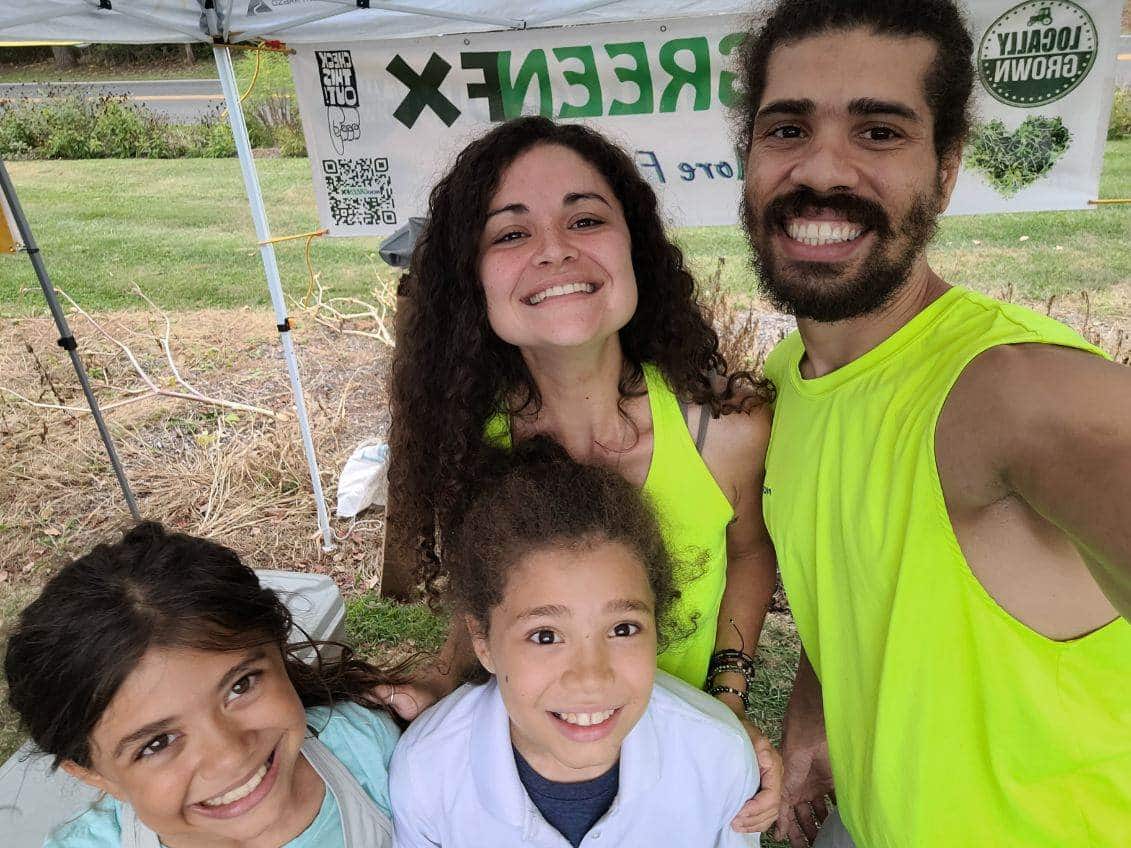
Sergio Kuik of MicroGreen FX (R) and his family
During the Covid-19 pandemic in 2020, Kuik’s daughter Fiona (then, age 8) insisted that everyone should get to have access to the microgreens that their family enjoyed. Inspired by her passion, and wanting to encourage his childrens’ entrepreneurship spirits, Kuik agreed to turn his microgreens-growing operation into a business.
MicroGreen FX officially started in 2021, and since then, the Kuik family has expanded their operation to include a larger growing facility, more markets, and a CSA-style subscription to keep their most dedicated customers supplied with microgreens.
Learn more about this family-run nano-farm in this Meet the Farmer feature:
PA Eats: Why are microgreens so healthy? Can you explain a bit more about the nutrition?
Sergio Kuik: Microgreens are a superfood! They have up to 40-times more nutrients and antioxidants than the mature plant. Just 1 ounce can equal up to 2 pounds of the mature plant. You just need to eat a pinch in the morning and a pinch at night. The microgreens are also sweeter, and the science backs up that there’s a higher concentration of sugar inside. It gives you a lot more energy.
See, microgreens are baby plants; the first stage of a plant is the seedling stage where the roots are still attached, and it sprouts; the next stage is when the true leaf first emerges, and that’s when we harvest. The third stage is baby greens, where there will be a couple of true leaves, but we harvest right before that. Harvesting when we do ensures that the plant still contains most of the nutrients it would need to grow into a mature plant.
Have you noticed a difference with your family eating them regularly?
I definitely feel the difference in a day when I eat them, versus when I don’t. We hardly ever get sick anymore, and even when we do, it’s just for a day or two. They give us so much energy and focus, and I can tell when the kids do or don’t eat them. I noticed the change so much that I’ve started taking herbalism classes and am now a family herbalist.
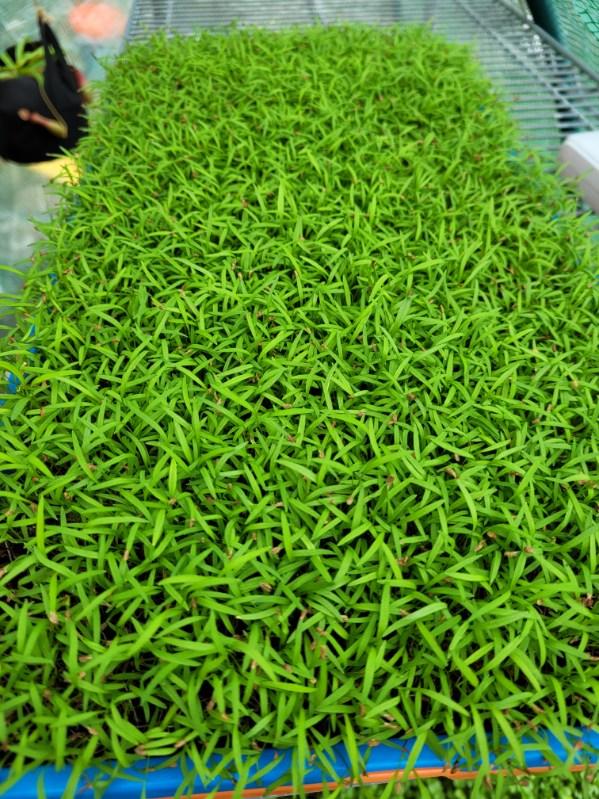
What different kinds of microgreens do you grow?
We have 27 different microgreens that we grow through a cycle. Broccoli, kale, sunflower, garnet amaranth and radish are the most popular. Sunflower are my favorite, by far. They taste more like lettuce with a strong kick of nutty sunflower taste. My second from that is cantaloupe microgreens which taste just like a super-sweet ripe cantaloupe.
We also freeze-dry the microgreens, and you can add them to whatever meal you want, or to smoothie and sauces. We even plan to infuse them into chocolate to sell. Freeze drying happens without any heat, and sucks out 100% of the moisture leaving behind 99.9% of the flavor and nutritional value.
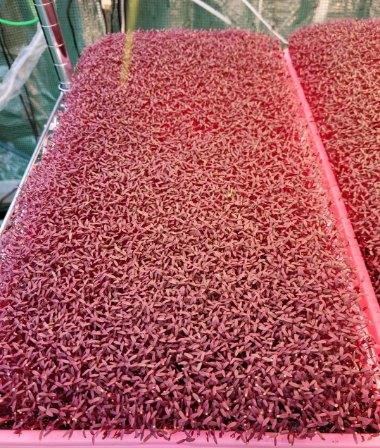
Garnet amaranth microgreens at Microgreens FX
What is your growing setup like?
When we started off, I built up some racks out of PVC with LED lamps right over top of them and a basic timer. I tried to find good quality stuff and bought from every seed company to see which had the best quality. In the beginning, I was using organic potting soil and then I found out that it can be high in mold and bugs and things I don’t want to deal with. So I found a way to make my own soil, and mix and sanitize it myself. That was a learning curve.
At first, I was growing the microgreens right in my living room separated from the space by a curtain. It was very DIY. Now, we have a greenhouse where we grow in the summer, and two grow tents with dark out panels and a large 10-by-10 grow tent. We grow the microgreens in metal grow racks with fans as well as an air purifier to get rid of microspores. There’s also a whole-room fan, an exhaust fan and a dehumidifier. I have an app that lets me know the humidity and temperature minute by minute.
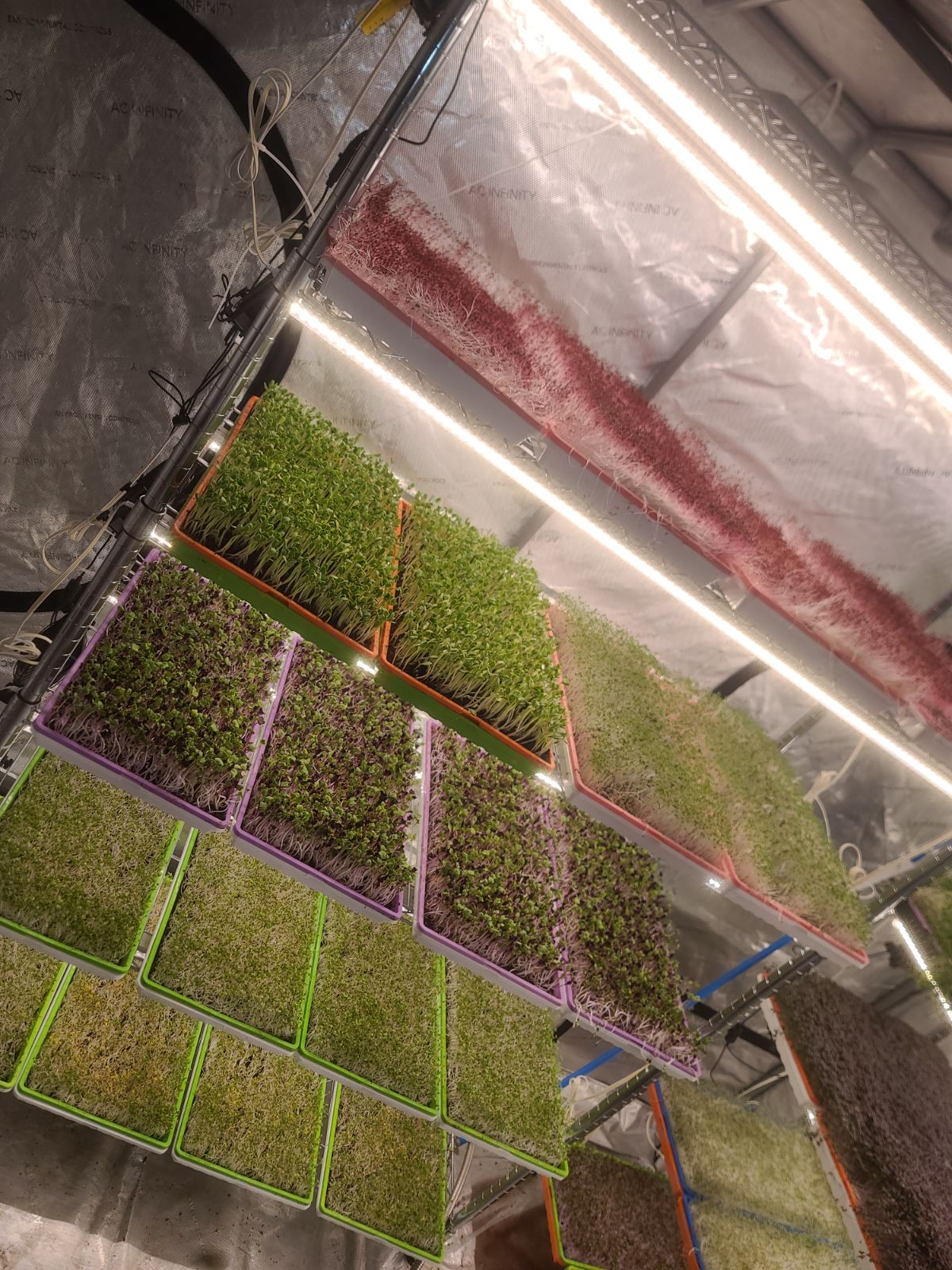
How long does it take to grow a batch of microgreens?
The specialty varieties take between 6 weeks and 2 months. I can get red radish microgreens to grow in 10 to 12 days; sweet peas take 2 to 3 weeks. Ours also last a lot longer than grocery store-bought microgreens because our water is purified, sanitized and filtered and because of our special harvesting practices. You only get 3 to 10 days before theirs start to go bad, while ours last 3 to 6 weeks before they start to wither.
Where does MicroGreen FX sell to the public?
We sell online have a subscription program. It started off with just a few subscribers, and now we’ve gotten up to 30. We also have a partnership with Living Hope Farm and offer microgreens as part of their CSA. We’re also at five farmers markets this year.

Do you have plans to evolve or grow the business at all?
Yes! We have a commercial kitchen by Ursinus College, and are going to start selling out of there as a storefront. We’ll have freeze-dried microgreens and candy and chocolates that we infuse with them.
Also, my daughter Fiona has taken over most of the work. She does cleaning and sanitizing, adds the soil and seeds. Our plan is that she will take a bigger percentage each year until it’s fully her own business. My aim is not just to be a good parent but to equip my children with the skills and understanding they need to be even better parents in the future. Having our own family business allows both my wife Celine and me to spend more time with our kids and to instill thoughtful and compassionate instincts with them.
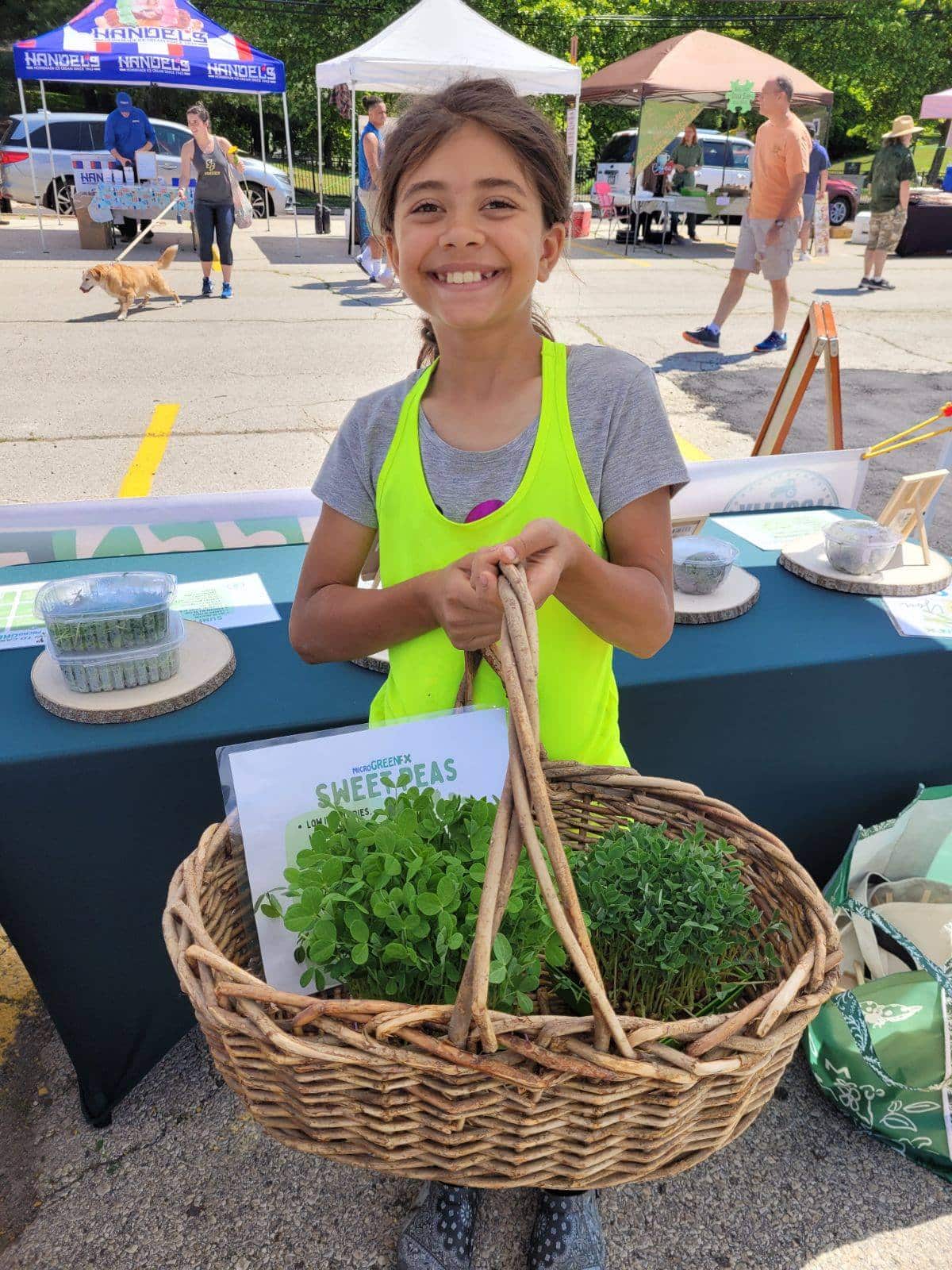
To learn more about MicroGreen FX, visit its website, Instagram and Facebook pages.
- Photos: Microgreens FX
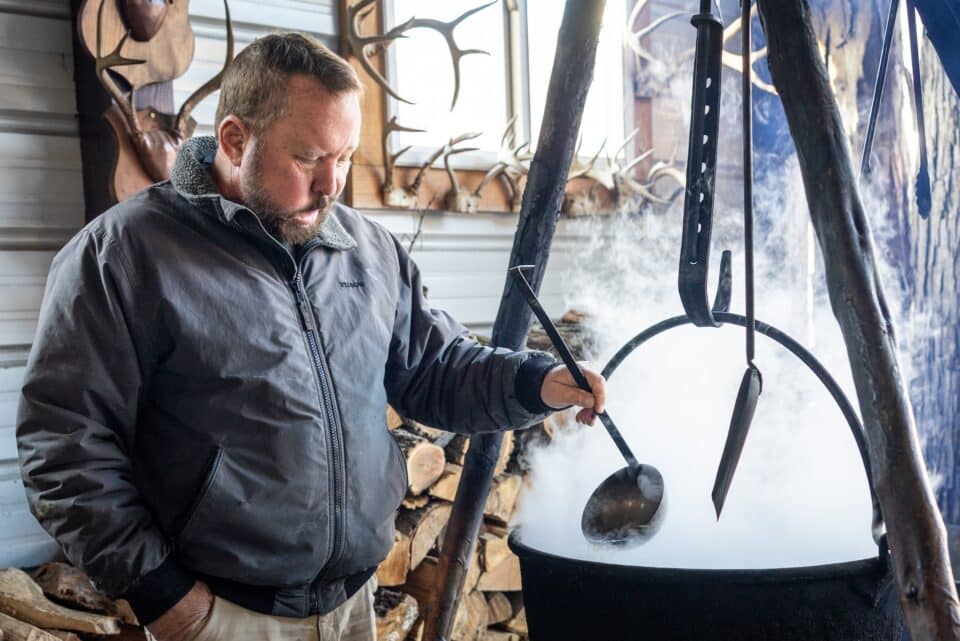
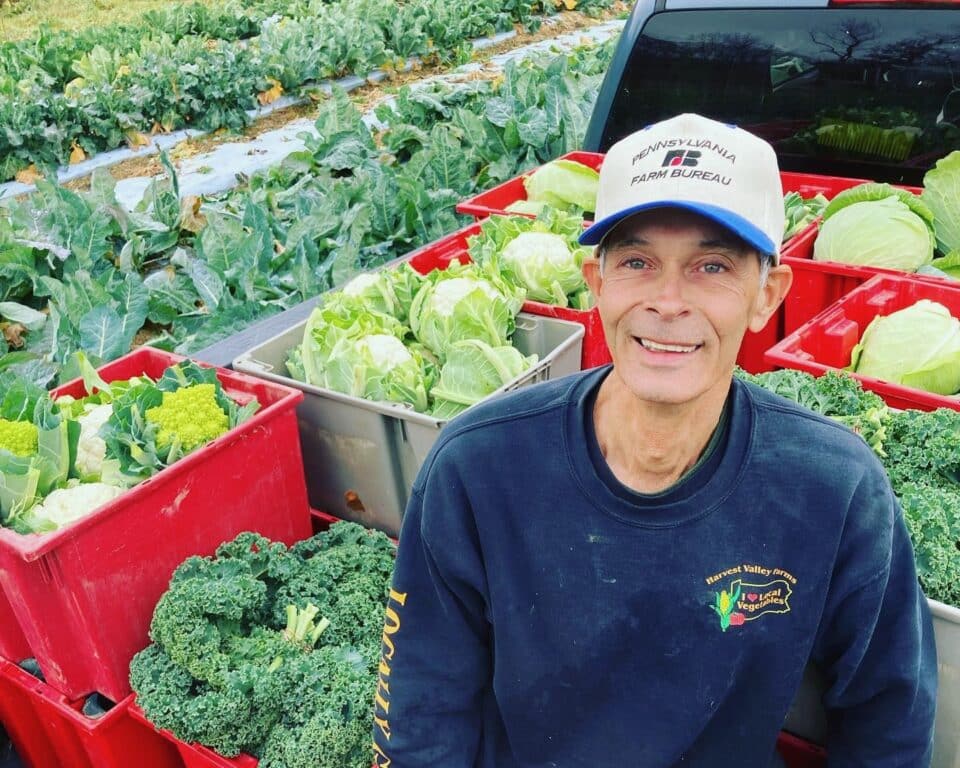
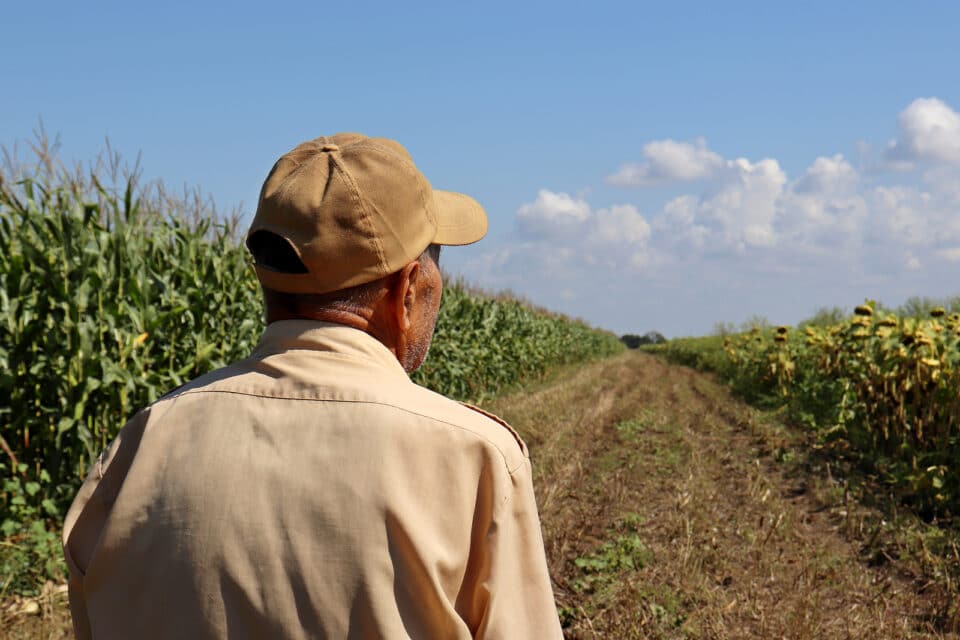


One Comment